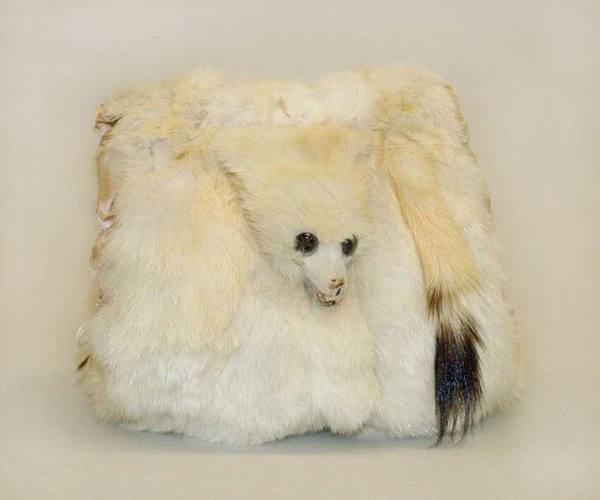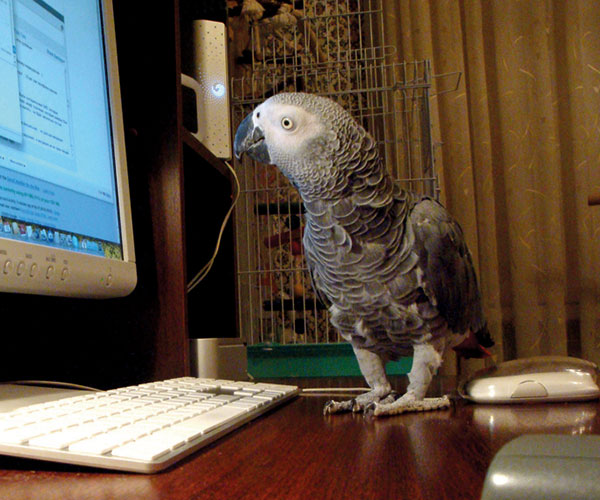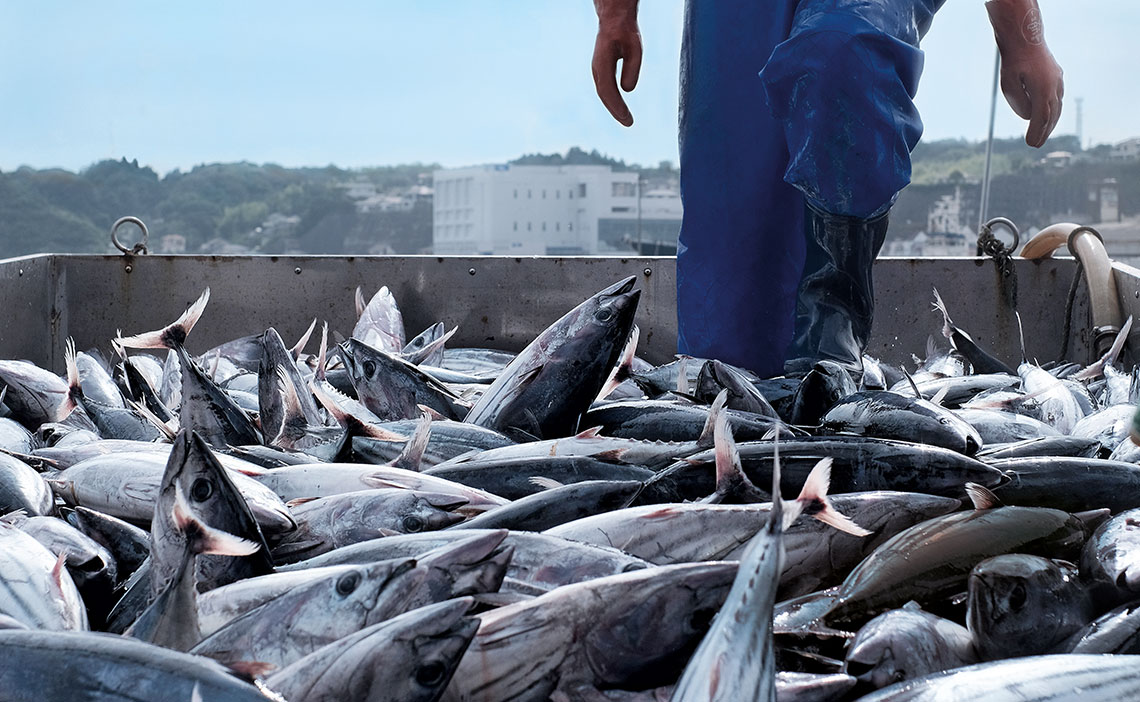With a height of up to 80 centimeters and a wingspan of two meters, the Eurasian eagle-owl (Bubo bubo) is the largest nocturnal bird of prey in the world and one of the largest predators on the planet. Across the enormous area that the species is found, which includes almost all of Europe and Asia, it feeds on 552 species of vertebrates, particularly small mammals and birds. Its menu is more varied than 18 other large hunters analyzed in a study published in the journal Communications Biology in June. The diversity of the owl’s prey, however, is still far below the world’s greatest living predator, the Homo sapiens. In this same environment that is home to the Eurasian eagle owl, humans prey on 3,007 vertebrate species, although not always for food.
With almost 7.9 billion individuals spread across the planet with increasingly efficient hunting and fishing techniques, the human species has a direct impact on 14,663 vertebrate species according to the study, carried out by an international group of researchers that included Brazilian biologist Mauro Galetti of São Paulo State University (UNESP), Rio Claro campus. The wide range of prey hunted by Homo sapiens corresponds to almost a third of the 46,755 vertebrate species cataloged and evaluated by the International Union for Conservation of Nature (IUCN). There are around 80,000 known vertebrate species worldwide, which includes mammals, reptiles, amphibians, fish, and birds. “This study is a warning about our role as major predators on this planet,” says Galetti. “Several of the species we exploit are going extinct.”

Metropolitan Museum of ArtA fur bagMetropolitan Museum of Art
To get an idea of the scale of our predatory power, the researchers compared the diversity of the prey affected by humans through hunting, fishing, and capturing for sale or breeding in captivity with the consumption of large carnivores in the areas in which they live. Homo sapiens impacts the lives of 3,202 vertebrate species in the same environments of Africa where lions hunt 40 of them, and 2,707 in places where jaguars hunt nine. In the seas, human fishing activities affect 10,423 species, 113 times more than the number that serve as food for the great white shark. André Pinassi Antunes, an ecologist from the Brazilian National Institute of Amazonian Research (INPA) who did not take part in the research, views the study’s comparisons with caution, noting that despite the limitations, they offer a glimpse into the impact human beings can have on nature. “Meta-analyses that use information from large databases are more of a reflection of scientific knowledge about ecosystems than of reality,” says Antunes. “Just to give an example, the jaguar hunts many more species than the nine mentioned in the study,” explains the INPA researcher.
Like other large predators, humans hunt and fish primarily for food. Of the 14,663 vertebrate species exploited by Homo sapiens, 55% (8,037) were killed to eat. Of the marine species analyzed in the study, 72% were for food; of the land animal species, this figure was 39%. Food is clearly not the only use. A significant proportion are exploited for the production of clothing, medicines, or food for other animals, in addition to the pet trade, among other purposes. According to the authors of the study, fish and mammals are used primarily as food, while birds, reptiles, and amphibians are mostly kept as pets. “It is increasingly common for people to keep exotic pets, such as lemurs, iguanas, snakes, and birds. Many of these species are not bred in captivity and come directly from the wild,” says Galetti.
The study also identified differences in the number of species exploited and how they are used in different geographic locations. In equatorial regions where biodiversity is greatest, such as Southeast Asia, more species are hunted or fished than in other parts of the world. Exploitation levels were disproportionately higher in the Indian, North African, and Northern Eurasian ocean basins than in the Southern Ocean, southern and eastern North America, and Central and South America. According to the results, while predation is focused on food in Asian countries, animal trafficking is the main driver of animal exploitation in the Amazonian countries. “People tend to think that hunting or fishing is what harms species. But when they go to a pet store to buy a fish for their aquarium, they may also be contributing to the decline of wild species without knowing it,” warns Adriano Chiarello, an ecologist from the University of São Paulo, Ribeirão Preto campus, who did not take part in the study described in Communications Biology.
According to the article, human use has put 5,775 vertebrate species at risk of extinction, equivalent to 39% of the 14,663 species preyed upon by Homo sapiens. “Several of them are disappearing because of trafficking, especially songbirds,” says Galetti. “Human beings are causing global defaunation and replacing the biomass of wild animals with domestic animals, used for food or kept as pets. This has enormous consequences for ecosystem functioning.”

Julie R. / Wikimedia CommonsA grey parrot raised as a petJulie R. / Wikimedia Commons
A study by researchers from the Weizmann Institute of Science in Israel published in the journal PNAS earlier this year outlined the scale of this worldwide alteration of biomass distribution. The mass of all land mammals combined is 1.08 billion tons. Of this total, however, only 5.6% (60 million tons) corresponds to the mass of wild animals (on land and in water). Around 58% (630 million) are domesticated or captive animals, such as cattle, and the remaining 36% (390 million) corresponds to the total mass of human beings.
Studies on how humans make use of different animal species, according to the scientists, are important to the development of public policies related to wild fauna conservation and sustainable management. They highlight that looking at how native peoples have coexisted with some animal species over millennia could help establish nonharmful forms of exploitation. “We have to reduce beef consumption, learn to manage wild animals sustainably, and repopulate ’empty forests,’ otherwise we will end up causing mass extinction,” says Galetti.
A successful example of sustainable exploitation is the pirarucu (Arapaima gigas), the largest freshwater scaled fish. Less than a decade ago, it was on the endangered species list. By combining scientific knowledge with the wisdom of traditional communities, researchers working in partnership with government agencies and local residents were able to restore the pirarucu population in some areas of the Amazon. “It has been shown that it is possible to manage the species sustainably and generate income for local communities,” Galetti says.
Scientific articles
DARIMONT, C. T. et al. Humanity’s diverse predatory niche and its ecological consequences. Communications Biology. June 29, 2023.
GREENSPOON, L. et al. The global biomass of wild mammals. PNAS. Feb. 27, 2023.
